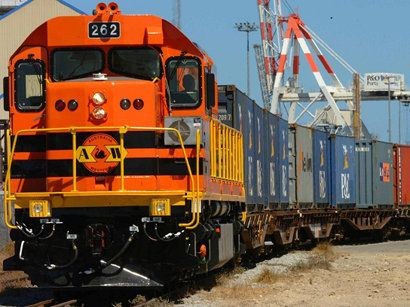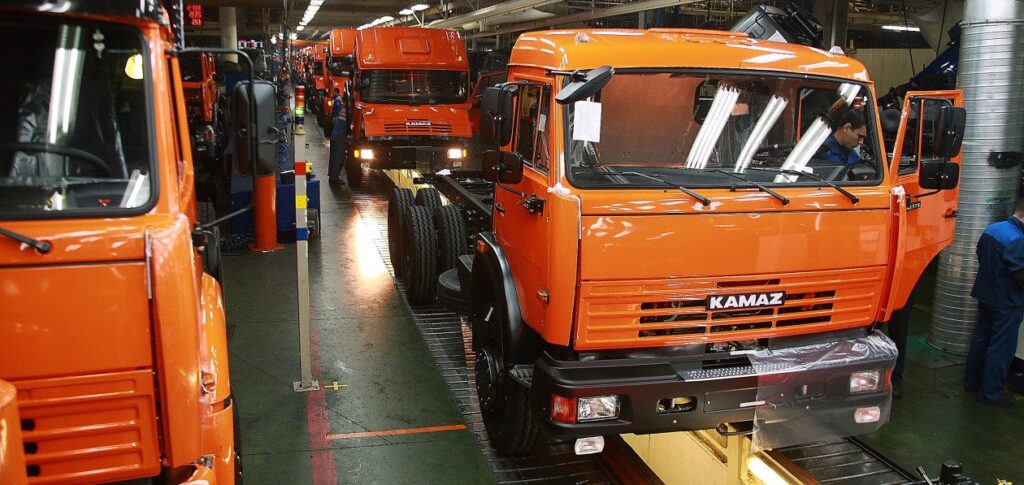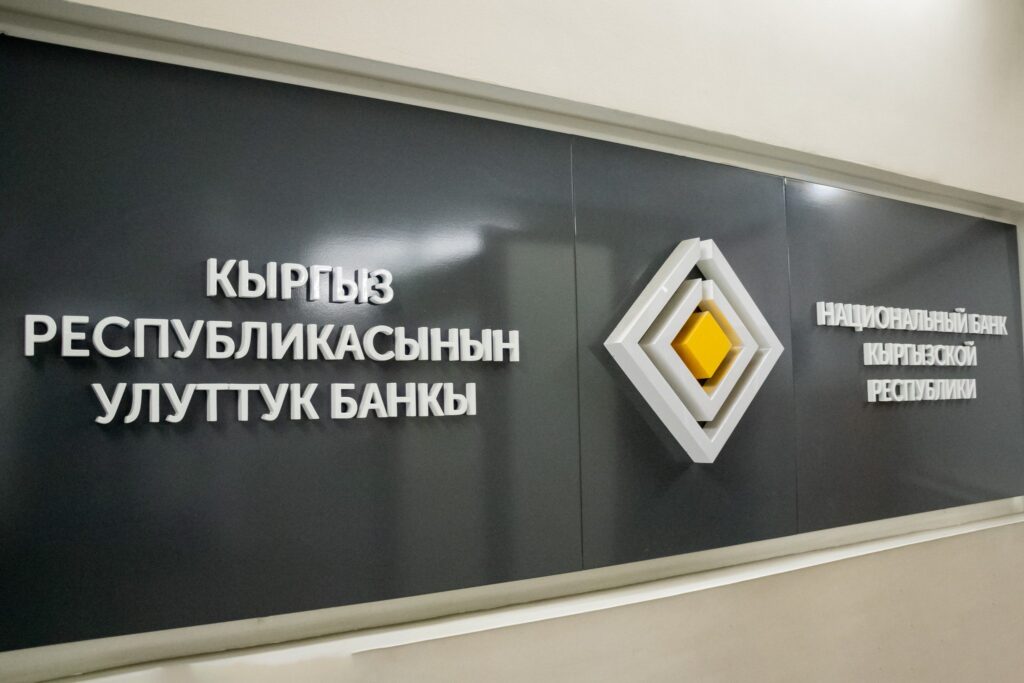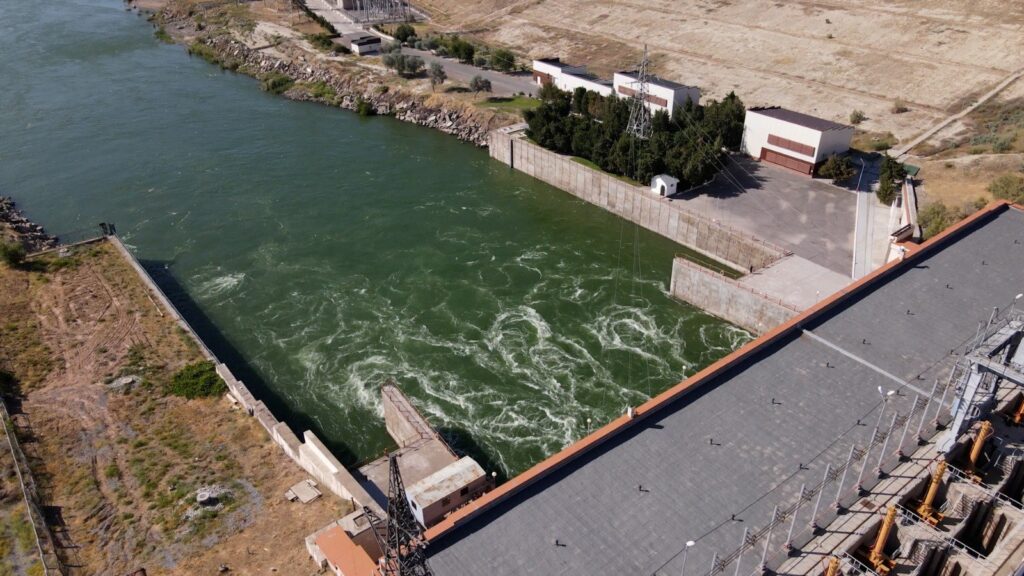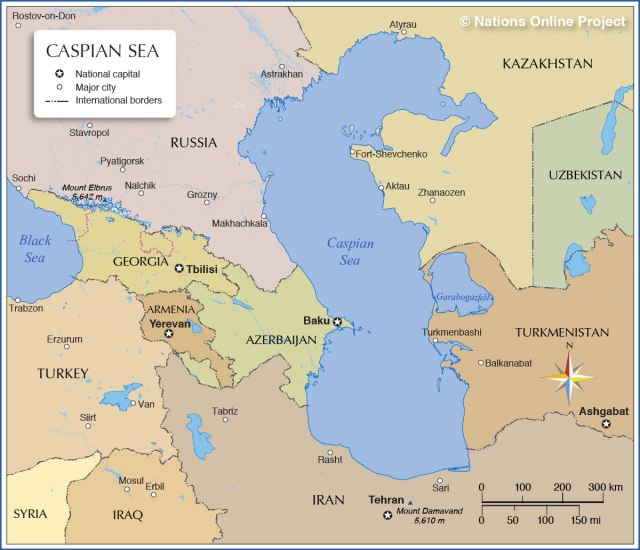ASTANA (TCA) — On December 13, Kanat Alpysbaev, the head of Kazakhstan’s national railways company Kazakhstan Temir Zholy (KTZ), took part in a meeting of the Board of JSC Russian Railways, where he spoke about the present high level of integration of the railways of Kazakhstan and Russia, KTZ’s press office said.
Alpysbayev said that this year KTZ and Russian Railways signed the Agreement on strategic partnership. One of their joint projects is the development of transit transportations within the framework of the United Transport and Logistical Company (UTLC), created for the provision of a unified competitive transport and logistics service from China to the European Union through Kazakhstan and Russia.
As a result, an annual double increase in the volume of transit container transportations along the China-Europe route has been achieved.
The transit of containers along the Asia-Europe route increased 1.7-fold compared to the same period in 2016 and amounted to 175 thousand TEU. By the end of this year, not less than 200 thousand TEU are expected, and by 2020 – not less than 800 thousand TEU. At the end of 2017, the speed of container trains has averaged at about 1,000 km per day, and UTLC plans, together with partners, to increase it to a level of more than 1,100 km/day.
The Kazakh railways chief also said that it is necessary to search for alternative exit points to Europe due to the limited capacity of the Polish infrastructure. He proposed Russia’s exclave of Kaliningrad (sandwiched between Lithuania and Poland) as an alternative entry point to Europe.
